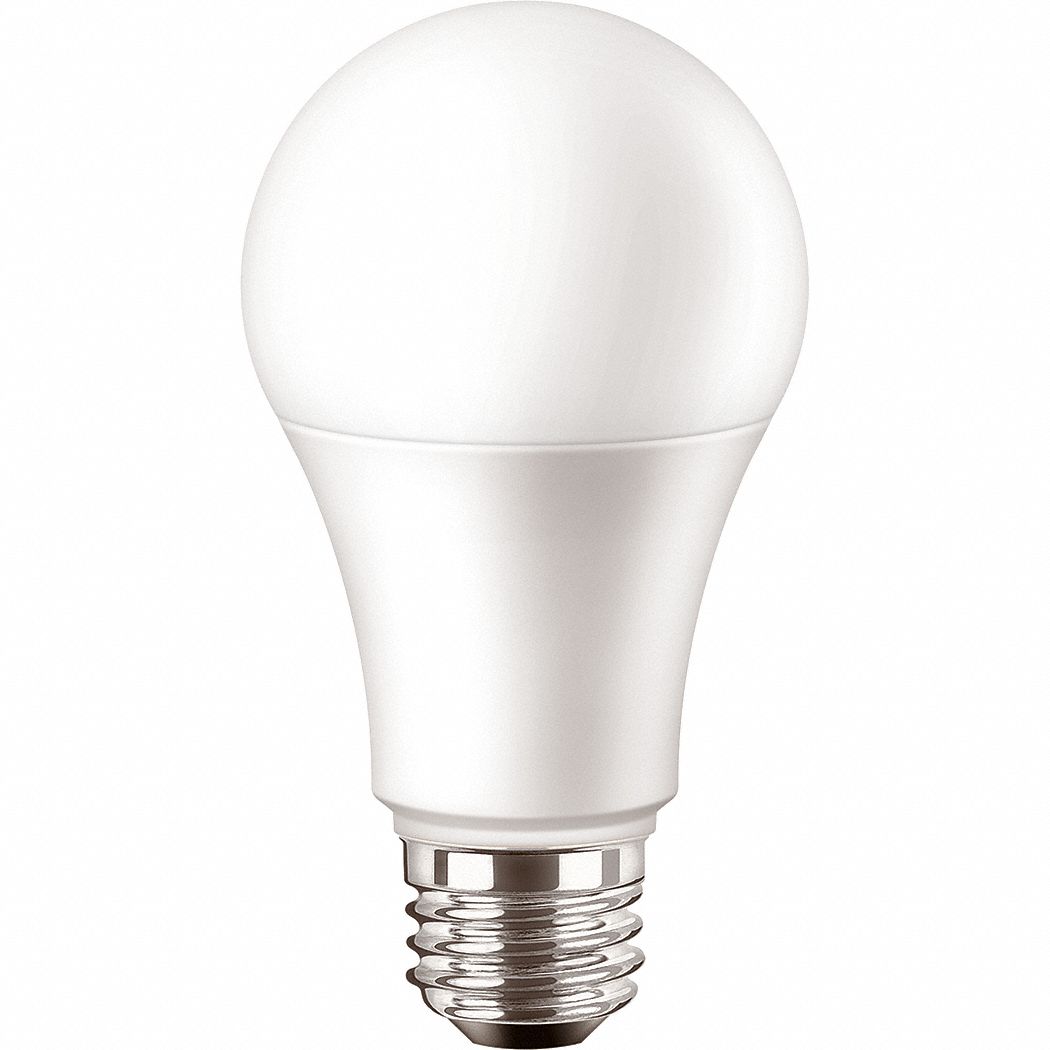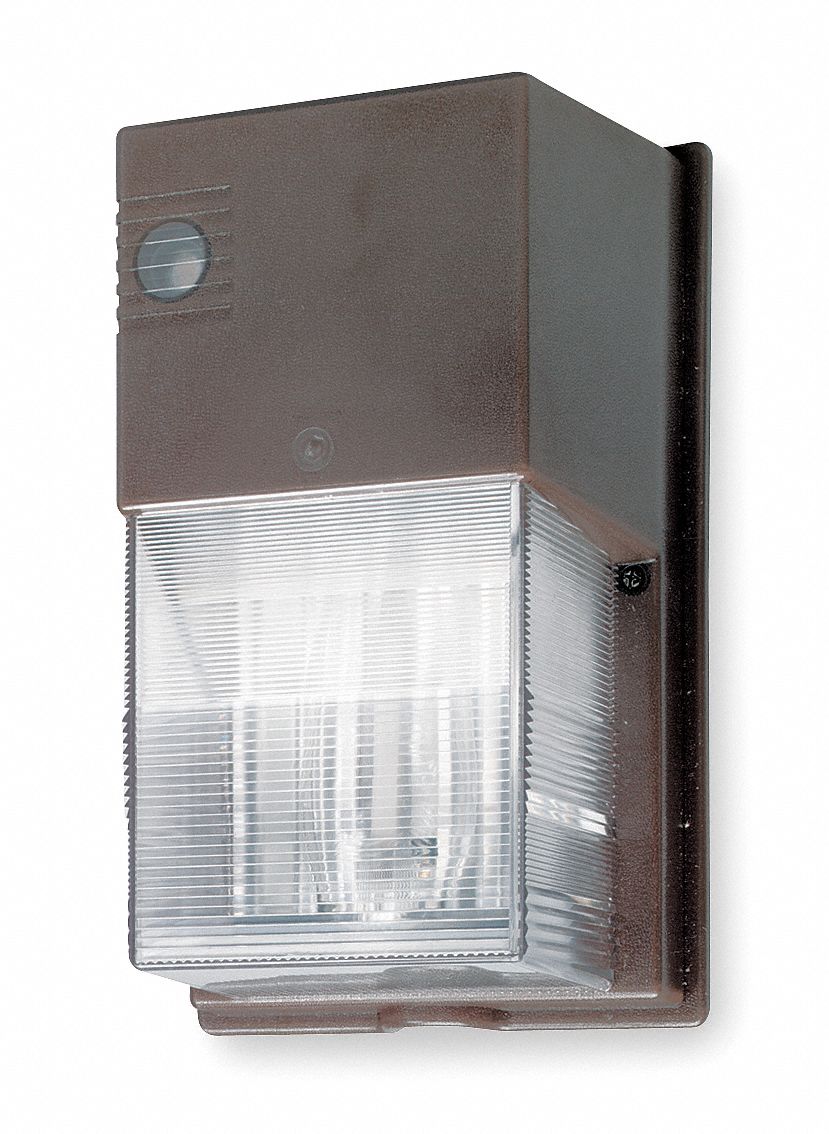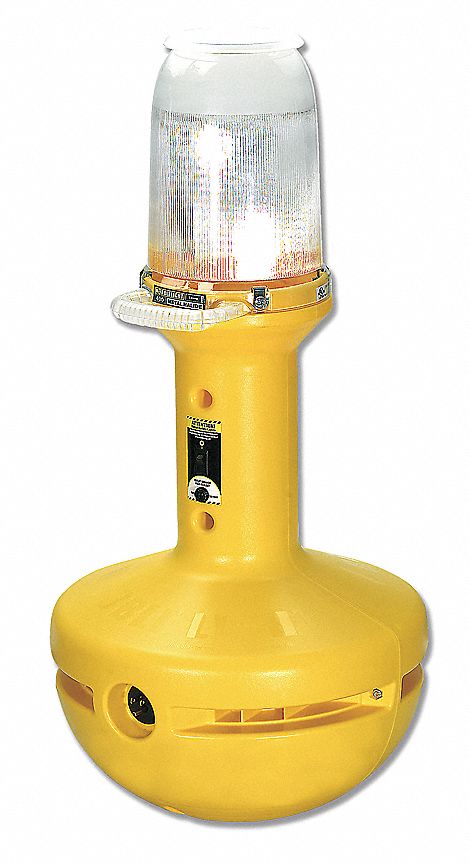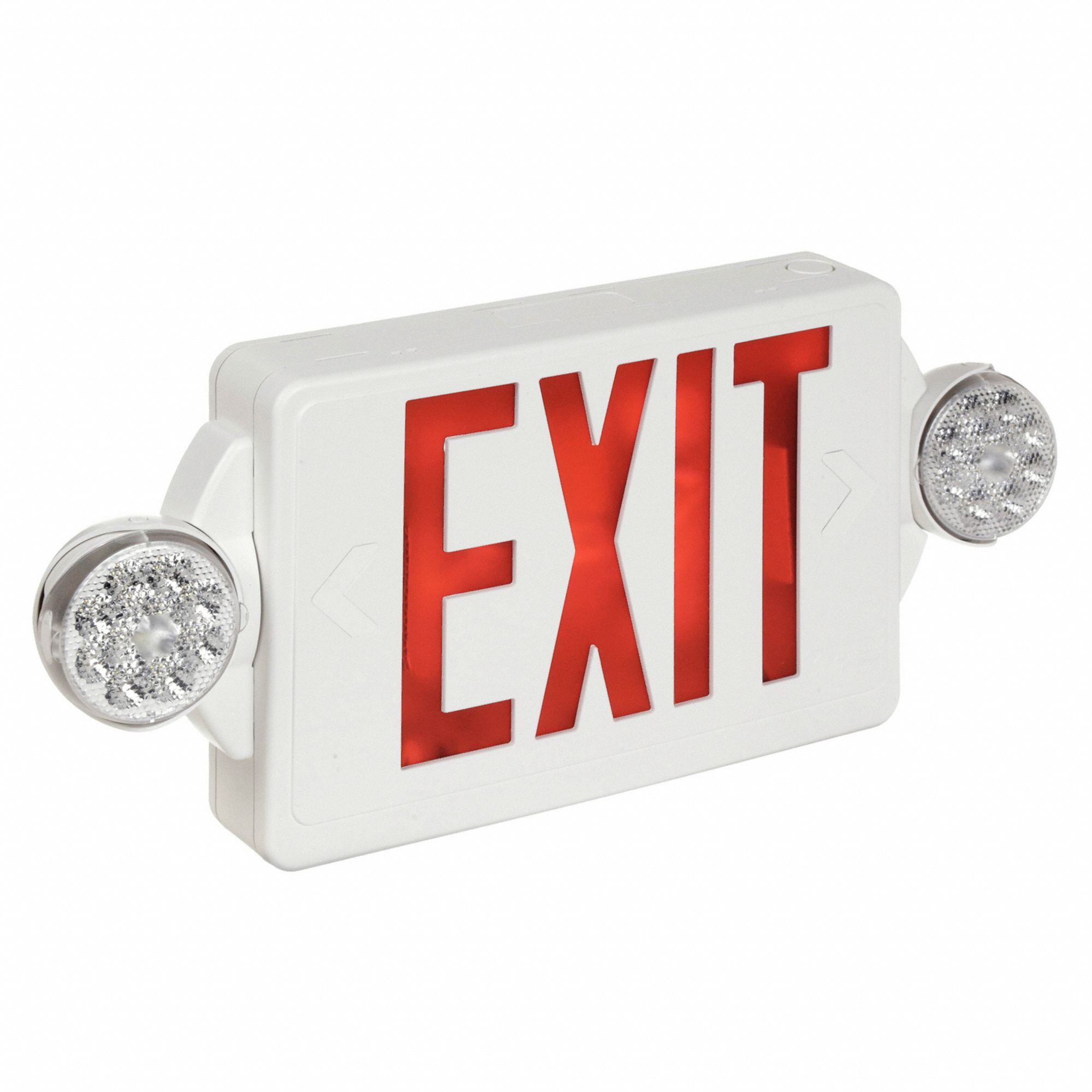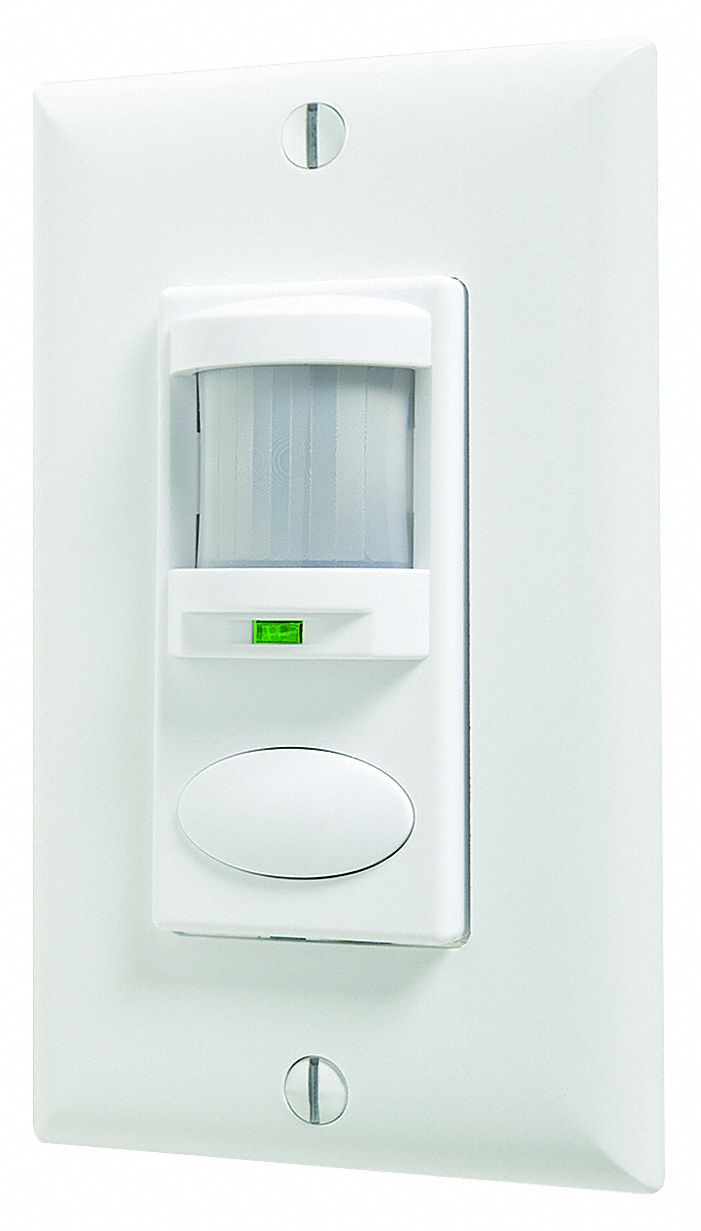

Guide To Choosing the Right Flashlight
By Grainger Editorial Staff 11/2/22


A good flashlight can be invaluable on the job. Maintenance techs need them to see into machinery, and security guards use them while patrolling at night. Other workers may need a light in the event of a power outage, or if they need to enter an unlighted space. It's also important to consider any specifics of the working environment, for example, if you're working where hazards or chemicals are present or in a dirty environment.The best flashlight for your job will depend on the task at hand.
Types of Lights
Once you know the performance features you need, you’ll need to choose the best type of flashlight for your purpose.
Handheld: The classic flashlight design. Handheld lights are durable, have a large battery capacity and are easy to grab at a moment’s notice. However, they do require a free hand to operate.
Headlamps and Helmet Lights: These lights mount to the user’s forehead with an adjustable elastic band. They naturally point in the direction you’re looking, and they keep your hands free for work. However, most headlamps can only accommodate small battery packs, and it’s hard to have a conversation without shining the beam in your coworkers’ eyes.
Penlights and Inspection Lights: A favorite of maintenance workers, penlights are small enough to be clipped inside a shirt pocket, like a pen. They’re easy to carry and can fit into tight spaces to inspect machinery. However, they tend to have small batteries and relatively low output, making them less useful outdoors.
Lanterns and Spotlights: Preferred by emergency services, lanterns and spotlights have more battery capacity and brighter bulbs than handheld lights. Spotlights cast a narrow beam that can pick out objects hundreds of yards away, while lanterns have a flood beam or a 360-degree aperture to illuminate a broad area.
Weapon-Mounted Flashlights: Security and law enforcement officers often mount these lightweight compact flashlights on the barrel of their service pistol or rifle. Many of these lights also have integrated targeting lasers, and some can be operated with remote switches, allowing the operator to turn on the light without taking their hands off the gun’s stock.
Hand Crank and Power Outage Lights: Crank lights are relatively dim, but they never need batteries. Some hand crank flashlights also have a radio to keep you informed during a natural disaster. Plug-in emergency lights serve as a nightlight, but in a power outage they can be unplugged from the wall and used as a flashlight.
Key Flashlight Features
To choose the right light, you’ll need to think about some key features. For example, a flashlight's brightness, run time and beam distance are three elements to consider in relation to each other. If you run a light on a high output setting, it will shine brightest, but it will also use a lot of battery. Similarly, if you run the light on a lower setting, it will be less bright but can send light out farther affecting beam distance. Here are some features to think about when purchasing a flashlight.
Brightness: A flashlight’s brightness is measured in lumens, which can range from under 50 to over 500. A 50-lumen light is good for indoor use, when you just need to see the floor ahead and light up objects within arm’s reach. A 500-lumen light is great for a security guard scanning a fence line, but it may be too bright for close-up work.
Multiple Light Output Modes: You may not always want to use your flashlight at full brightness. A 300-lumen beam is great for investigating distant objects, but if you’re just walking around, you’ll probably want to click it to a dimmer output mode and conserve the batteries.
Run Time: A flashlight’s operational time depends on its brightness and battery capacity. Run time is always a tradeoff: a bright and compact light may run less than two hours, while some bulkier flashlights can last all shift. Run time will be most impacted by how often you run your light at a high output level vs. low or medium output levels.
Beam Pattern, Adjustability, and Distance: A flashlight’s beam can be a narrow spotlight or a broad flood pattern, and some lights have adjustable beam patterns. Beam distance (the range at which the flashlight is about as bright as a full moon) depends on both brightness and beam pattern. Some spotlights illuminate objects a full mile away, while a small keychain light’s beam might fade at 15 meters.
Body Material: Flashlight cases are typically made of plastic or aluminum. Aluminum dissipates the bulb’s heat, extending its lifespan. Plastic has better chemical resistance and is less electrically conductive.
Mount Types: Some flashlights come with clips, clamps, magnetic strips or freestanding bases that allow for hands-free illumination. Right-angle flashlights have their bulb pointing at a right angle to the case, keeping the beam pointed straight ahead when the light is clipped to a worker’s vest.
Special Operating Modes: Some flashlights have an automatic flashing “beacon” mode to signal rescue crews in an emergency. Others have built-in laser pointers that allow workers to pinpoint a place they’re showing colleagues.
Bulb Type: Most new flashlights use bright, high-efficiency LED bulbs, but more economical incandescent models are still available.
Rechargeable: Most flashlights will run down their batteries within a few hours. So if you’re regularly using your flashlight, a rechargeable lithium battery can cut down on operational costs.
Battery Size: The flashlight’s weight and run time will depend on its battery size. A "D” cell battery holds more charge than a AAA, but it will be bulkier and heavier to carry around. If your facility has a lot of flashlights, it’s convenient if they all use the same battery size.
Hazard Classified Flashlights: These safety-rated handheld flashlights meet International Electrotechnical Commission standards for spark-free operation, while flashlights with a Hazard Classification meet National Electric Code guidelines for safe operation in areas with flammable vapors or combustible dust.
IP and Drop Rating: Flashlights with IP (ingress protection) ratings are tested for water and dust resistance. Ratings range from splashproof (IPX4) to fully submersible and dust tight (IP68). Lights can also be rated for drop resistance, tested to survive drops from 1 to 7 meters.
Flashlight Accessories: In addition to replacement battery packs, chargers and bulbs, flashlights can be accessorized with mounts and holsters. Handheld lights can also be fitted with wands and cones that glow a bright orange when the light is on, creating a baton for directing traffic at night.
With the right flashlight, you'll be prepared to take on jobs in the dark. Visit the KnowHow Equipment section for more information about the tools and equipment you need to keep your business running smoothly.
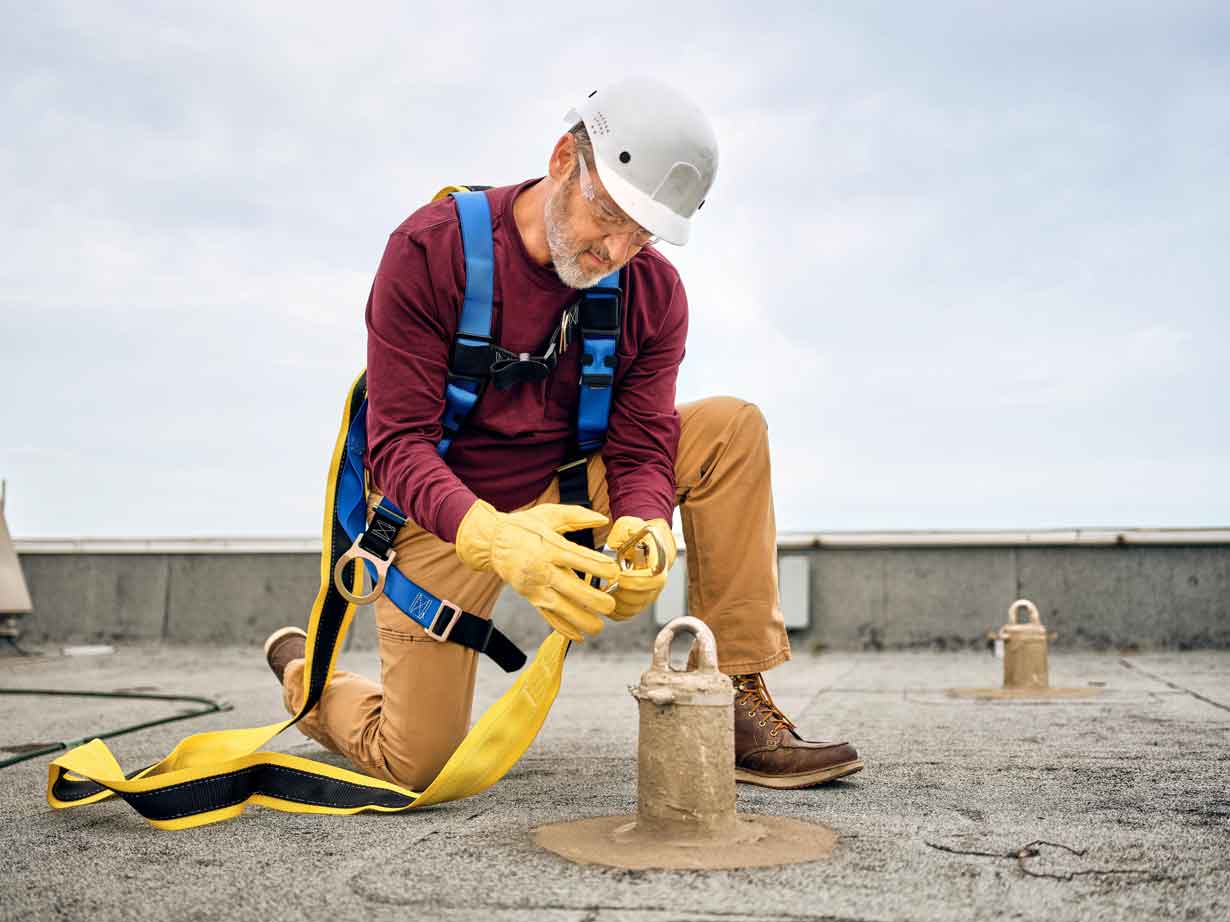
PPE in the Workplace
Lanyards vs. SRLs: Understanding Fall Protection Systems
Shock-absorbing lanyards and self-retracting lifelines both protect against falls, but they work differently. Learn how movement, clearance and system design affect each one.
![]() Our Latest KnowHow
Our Latest KnowHow

Are You Using the Best Cleaning Cloth for the Task?
It's easy to get into the habit of using the same basic cloths for most cleaning tasks. Consider these options for better, more efficient ways to trap dirt and dust throughout your facility.
The information contained in this article is intended for general information purposes only and is based on information available as of the initial date of publication. No representation is made that the information or references are complete or remain current. This article is not a substitute for review of current applicable government regulations, industry standards, or other standards specific to your business and/or activities and should not be construed as legal advice or opinion. Readers with specific questions should refer to the applicable standards or consult with an attorney.




